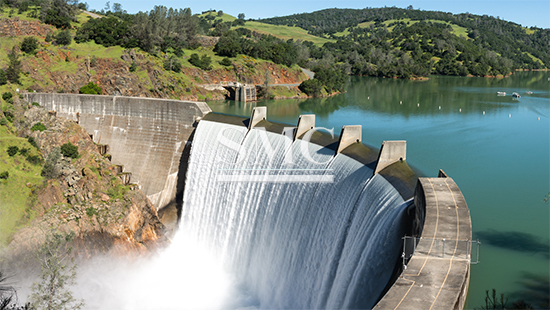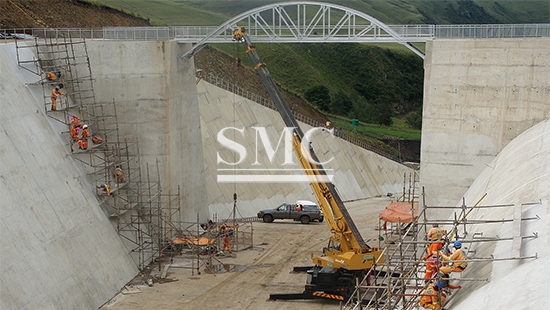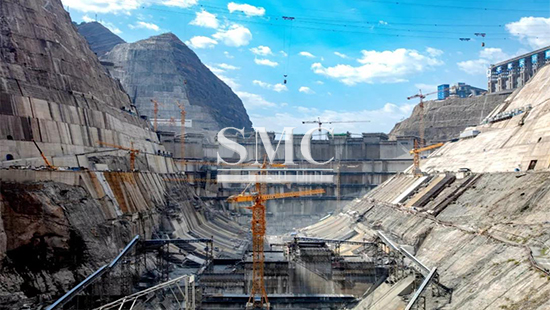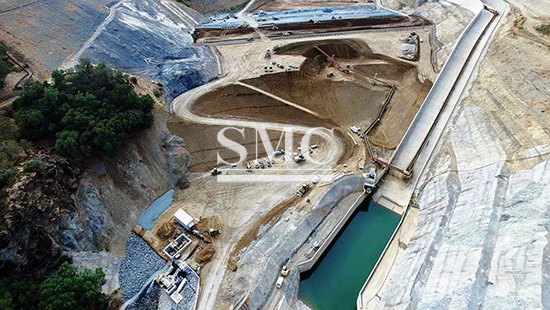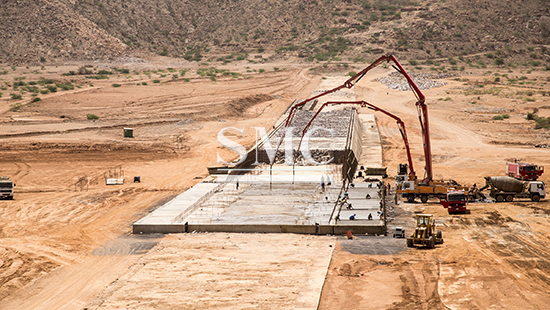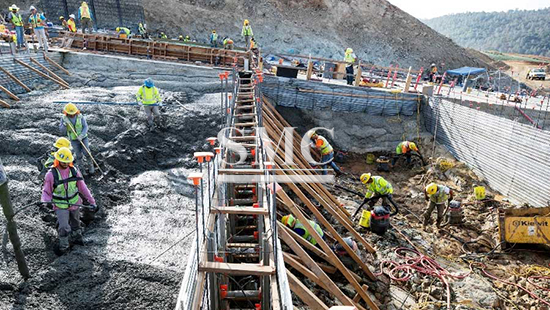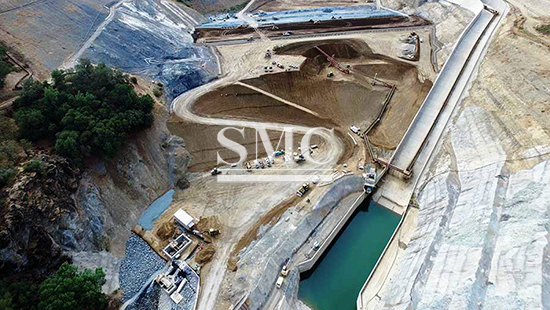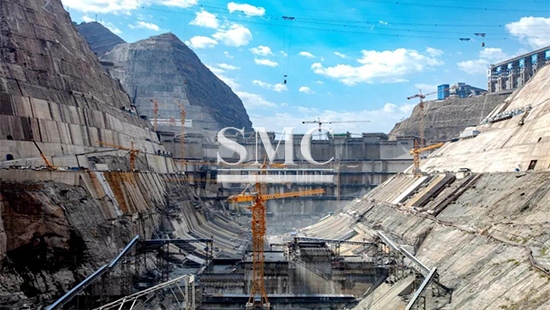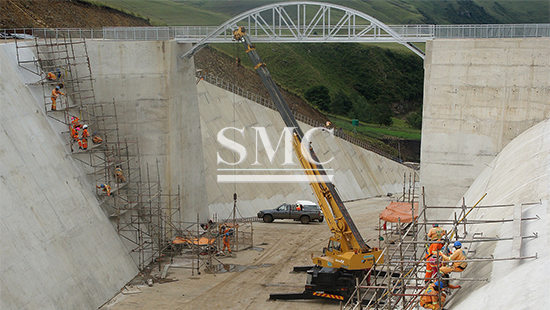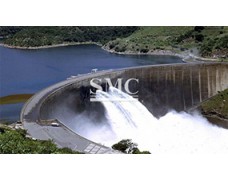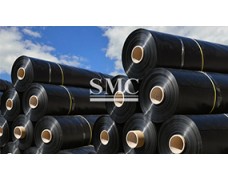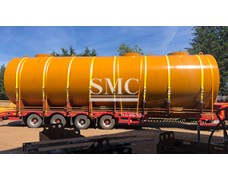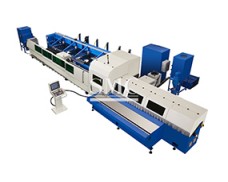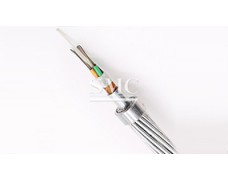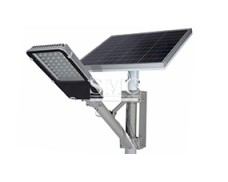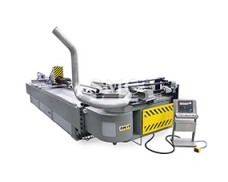
- Company overview The heart of SMC Vision & Philsophy Partnership Certifications Company culture
- Our service Design and Engineering Maintenance and Service Examine Production Line Upgrade and Transformation Storage and Logistics Processing, Trading and Distributor
- Management Our history Global responsibility Info Center
- Procurement center Internship
- Lathe Machinery and Metal Processing Equipment
- General Mechanical Equipment Refrigeration Equipment
- Metal Processing Parts
- Mechanical Basic Parts Bearing Spare Parts
- Hardware Tools
- Instrumentation
- Electrical & Electronics
- Construction Machinery Lifting Machinery Earth Moving machinery Road Construction Machinery Concrete Machinery Truck & Special Vehicle Drilling Machinery Logistics Machinery Mining Machinery Agricultural Machinery Generator Set & Engine
- Light Industry Machinery Plastic Pipes and Pipe Fittings Fiberglass Reinforced Plastic Pontoon System
- Polymer Materials PCTFE Product
- Industrial Gas Container
- Hotel Equipment & Supplies
- Daily Necessities Fabric Products Glasswork Pet Supplies
- Environmental Protection Machinery
A dam is a barrier that stops or restricts the flow of water or underground streams. Reservoirs created by dams not only suppress floods but also provide water for activities such as irrigation, human consumption, industrial use, aquaculture, and navigability. Hydropower is often used in conjunction with dams to generate electricity. A dam can also be used to collect water or for storage of water which can be evenly distributed between locations. Dams generally serve the primary purpose of retaining water, while other structures such as floodgates or levees (also known as dikes) are used to manage or prevent water flow into specific land regions.




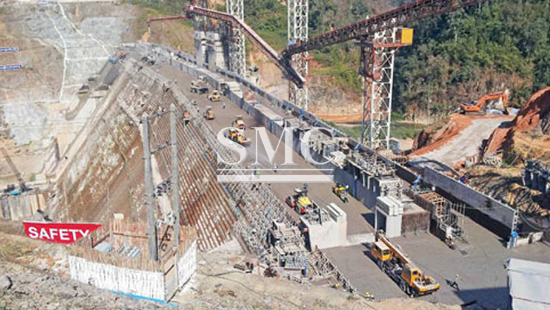
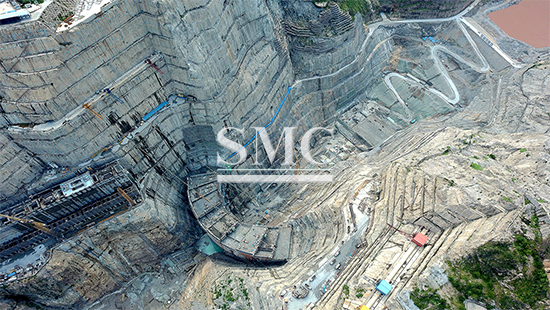
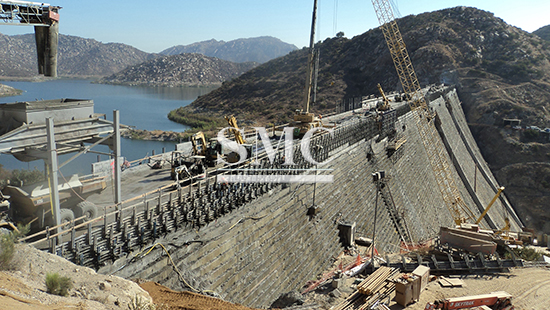
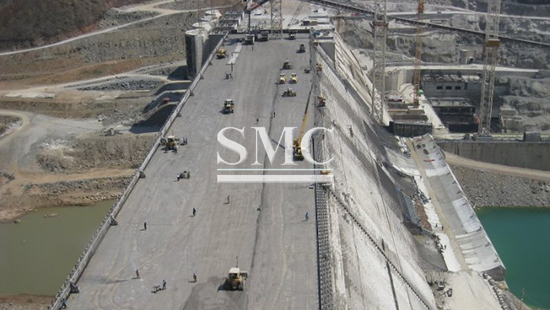
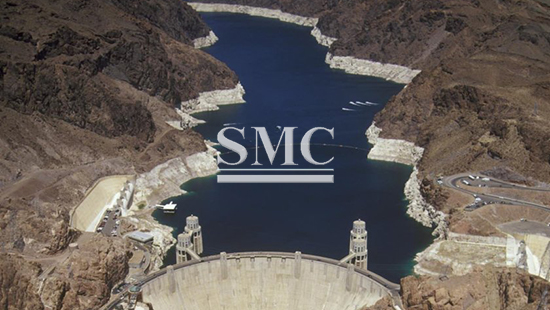
here
for
price
